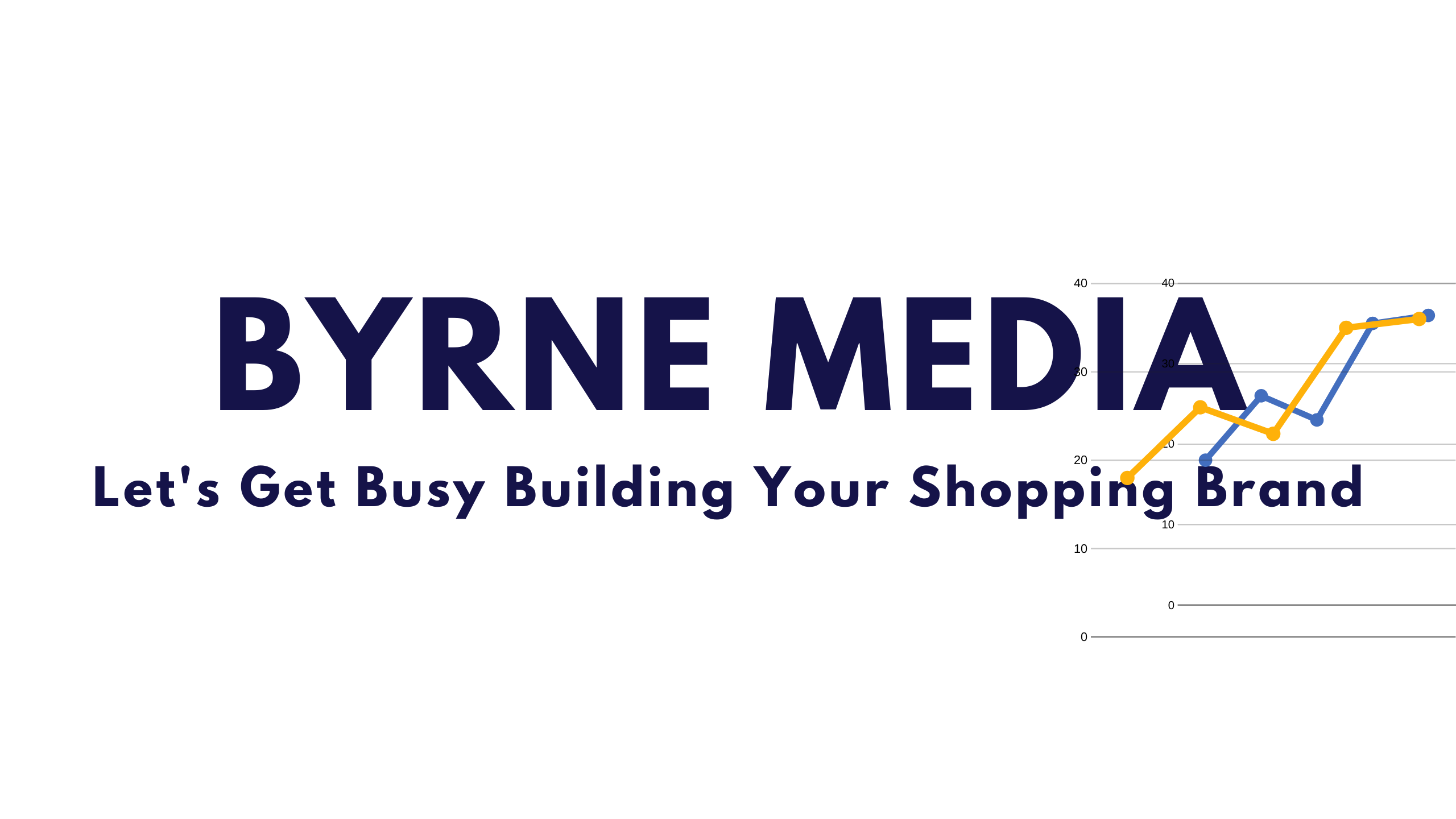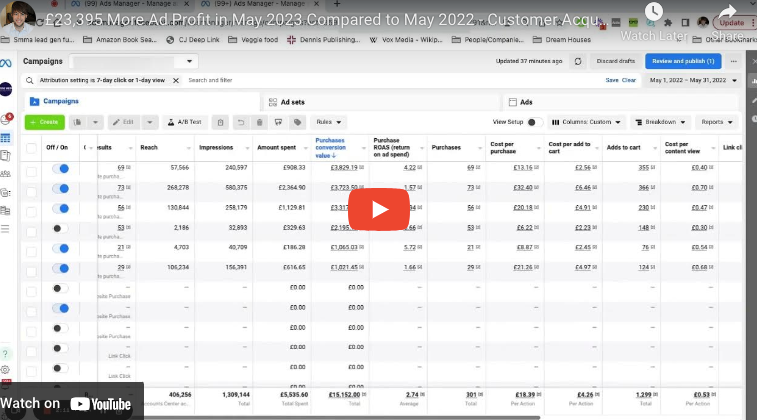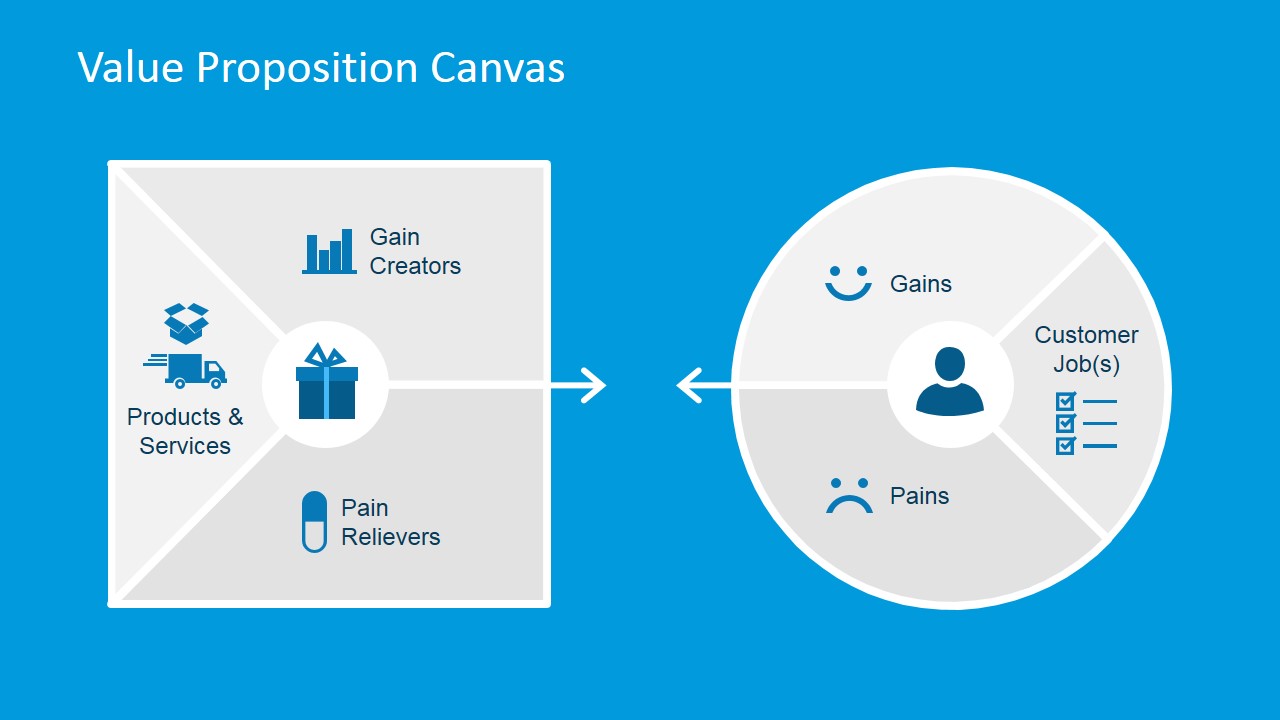
What comes to mind when…
…you think of the word “Brand” or “Branding”?
Logo? Name of business? Perhaps an advertising strategy?
To be frankly honest…
It’s none of the above! What branding really is… is a feeling.
Building a brand that people resonate with ensures that your customers have an emotional connection with you and buy from your eCom brand.
That’s why Rolex will always be able to sell their watches at a premium price, while copycats try to emulate their business.
Branding means that you have an engaged audience to distribute your products and services. These people love the value you bring, refer others, tell their friends and engage with your content.
Positive brand associations can really impact the likelihood of your audience buying more of your products and telling more of their friends about you. Reaching this level has a profound effect on your business.
Branding allows you to encompass your web presence, communications and products. It’s baked into your product details, customer emails, chatbots and shopping cart checkout page.
In my humble opinion, great branding is the most powerful attribute an eCom store can have… or any online/offline brand for that matter. Your customers purchase your products because of an emotional tie to your story, your customer experience, your mission and even your vision!
Take a look at the McDonald’s image below…
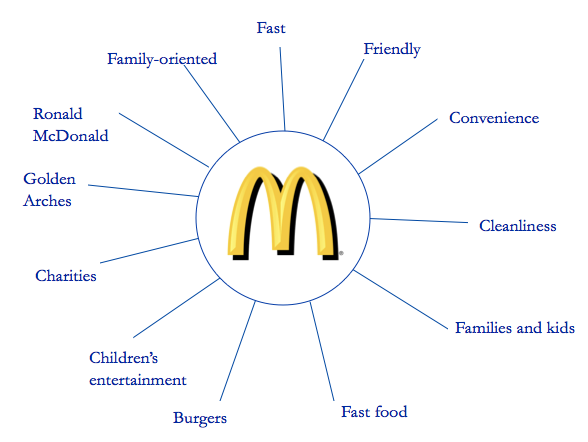
Notice the various brand associations it encompasses. Many people around the world associate positive feelings of Ronald McDonald, the character who delivers convenient, affordable, fun & friendly entertainment for families and kids in their leisure time.
These positive associations have very powerful influence and authority with countless millions across the world.
All of this is through great branding!
As an eCommerce store owner, your aim should be to build out a powerful brand. Do this right and you’ll achieve various goals in the business. From financial goals, to customer experiences.
But the problem I see with many eCom store owners is that they fail to incorporate the goal of great brand building early on in their life cycle. It’s usually an after thought of success.
The important thing to remember is how you present your brand across the web. It matters… and it matters from day one.
This is where the motivation for this post stems from. To be able to offer eCom store owners some tips & best practices on how to build a better, more sustainable eCom brand.
Some of these tips may come across as obvious, but it’s the “obvious” that sometimes gets overlooked and its important we keep a clear reminder on these critical elements that help you to build a brand of considerable authority and recognition.
The tips I’m going to mention below, demonstrate how you win customers and beat out the overwhelming competition on the web, whether you are just getting started or about to re-brand.
Lets jump in shall we?
Tell Your Story!
If there’s one thing that helps to engage an audience, it’s through the use of good storytelling. As humans, we are better suited to remember and emotionally connect with others through storytelling than any other medium.
Telling your story about your brand allows you to get over that trust hump of your cold visitors. It gives them a glimpse into what your brand is all about.
You can start your story off by why and how you actually came into existence. Share the moment of when you decided to come up with your product and why you felt it was a good idea to present it to the world.
There are so many businesses online serving your market, so you need to convey to your target audience… why you are the solution to the pain or pleasure point you offer.
Ask yourself this question…
Why should your target audience choose YOU to be the solution?
This is an important question to answer truthfully.
Because every single new customer on your web store is going to be asking this question as they land on your site.
Some products may make your prospects fall in love with what you offer and win their business long before they care about who you are, but for the most part, customers want to know you. Just like you want to know them.
So tell them your “why” on doing business with you.
Some tips on how to add content to your story –
- Explain why you started your business
- Who are you and what do you care about
- What are your values as a business
As you answer these elements to your story, your aim should be to demonstrate why your business is different.
It should help to position your business as different.
Focus Exclusively on Your Target Market
Next up on the list… and perhaps one of the most important and powerful pieces of branding. By arranging your solution, messaging and marketing to your customer, you instantly eliminate the hassle and heartache of pleasing everyone. You’re not in the business of pleasing everyone and you need to be ok with that.
You see… not everyone is your target market, and not everyone needs to like your messaging. It is important only that it resonates with your target audience. That’s what matters most and doing a good job of it.
So think about how you define your market and then speak to that market in a way that resonates with them. Develop your brand persona and understand who they are….
AND just as importantly… Who they are not.
Always Look To Better Serve The Customer
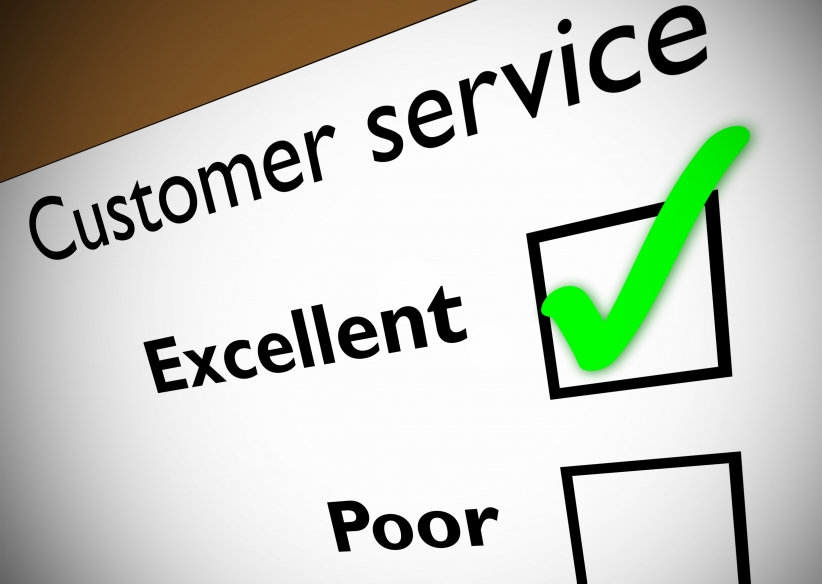
You’ve probably heard this before in some way shape or form.
But your brand needs to always be looking at ways to improve and better serve the customer and their experience with you.
How can you innovate and enhance the user experience?
How can you pull away from the crowd and deliver something unique?
You have to remember the wants and needs of your customer, for you to always understand how to deliver great value.
Unfortunately… I see this all to common scenario with brands. Many brands forget their audiences and focus on the product or the catalog, potentially missing out on valuable information that can increase sales.
So what do you do if you fail into this issue?
First up…
You need to take the time to truly reflect on your past purchasers. Look for trends in your analytics and reflect on experiences you’ve had with your customers.
The type of analytics you’ve acquired can be very helpful in allowing you to understand your customer and their relation to your product and brand.
A great place to start is checking out your abandoned cart data, purchase funnel and most popular products.
If the eCommerce platform allows, you should dive a little further into your customer’s behaviour. This allows you to offer a more personalized experience.
Some of the data points I’d suggest taking a look at when looking to serve your customers better would be:
- Products that were viewed by your user base, but did not actually make a purchase.
- Your customers lifetime value by 30, 60 & 90 days
- Customers with low average order value
- Customers with high average order value
Best selling products
You want to get an understanding of which customers are performing well with your brand, as well as those who aren’t performing so well.
This type of analytics can point you in the right direction and get you thinking about how you can better serve your customers, increase your revenue and develop your e-commerce brand.
Under Promise & Over Deliver

One of the worst things you can do when serving customers is to B.S them on your product or service.
You know what I am talking about?
Promising the earth, moon and the stars… without being able to actually deliver on those promises.
Whether that’s the result your offer is trying to deliver on… your shipping policies or your customer returns.
Creating an untenable situation where you promise more than you can deliver will alienate your audience and destroy the trust you worked so hard to attain.
Bottom line right here is… Don’t over promise & under deliver.
Do the reverse….
Under promise and over deliver!
That’s how you offer a great customer experience. When the customer is presented with a certain expectation…
AND you over deliver on that initial expectation…
Your customers are going to love you & your brand for delivering this unexpected experience.
This is most noticeable in your return and shipping policies. Within these policies, be honest and forthright about your capabilities. You might not be able to deliver at Amazon-Prime speed, but honesty will take you much further than a negative review.
Keep in mind your return and shipping policies don’t need to be fancy. They just need to be clear and honest.
Conclusion
Now that you have digested this content, I hope it has educated you on the value and importance of branding and how it can impact your business in a positive way.
Building a top brand and creating close relationships with your target customer is an art in and of itself.
Use them wisely as you build out your eCom brand!
